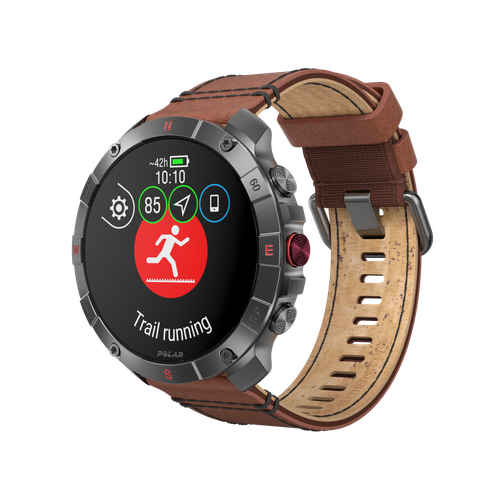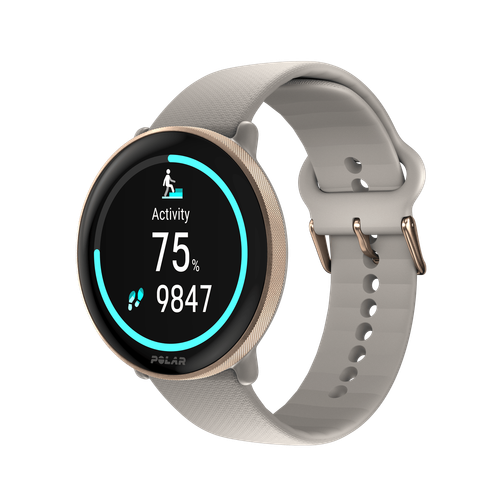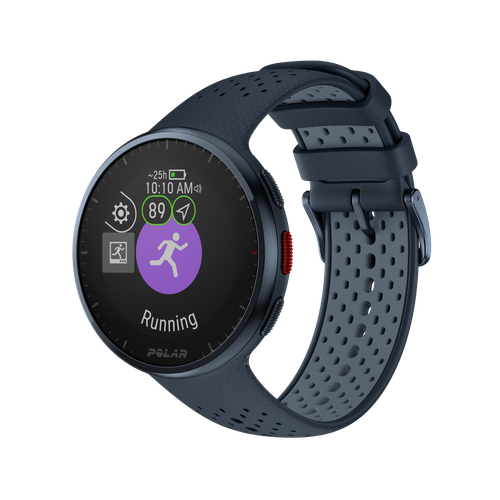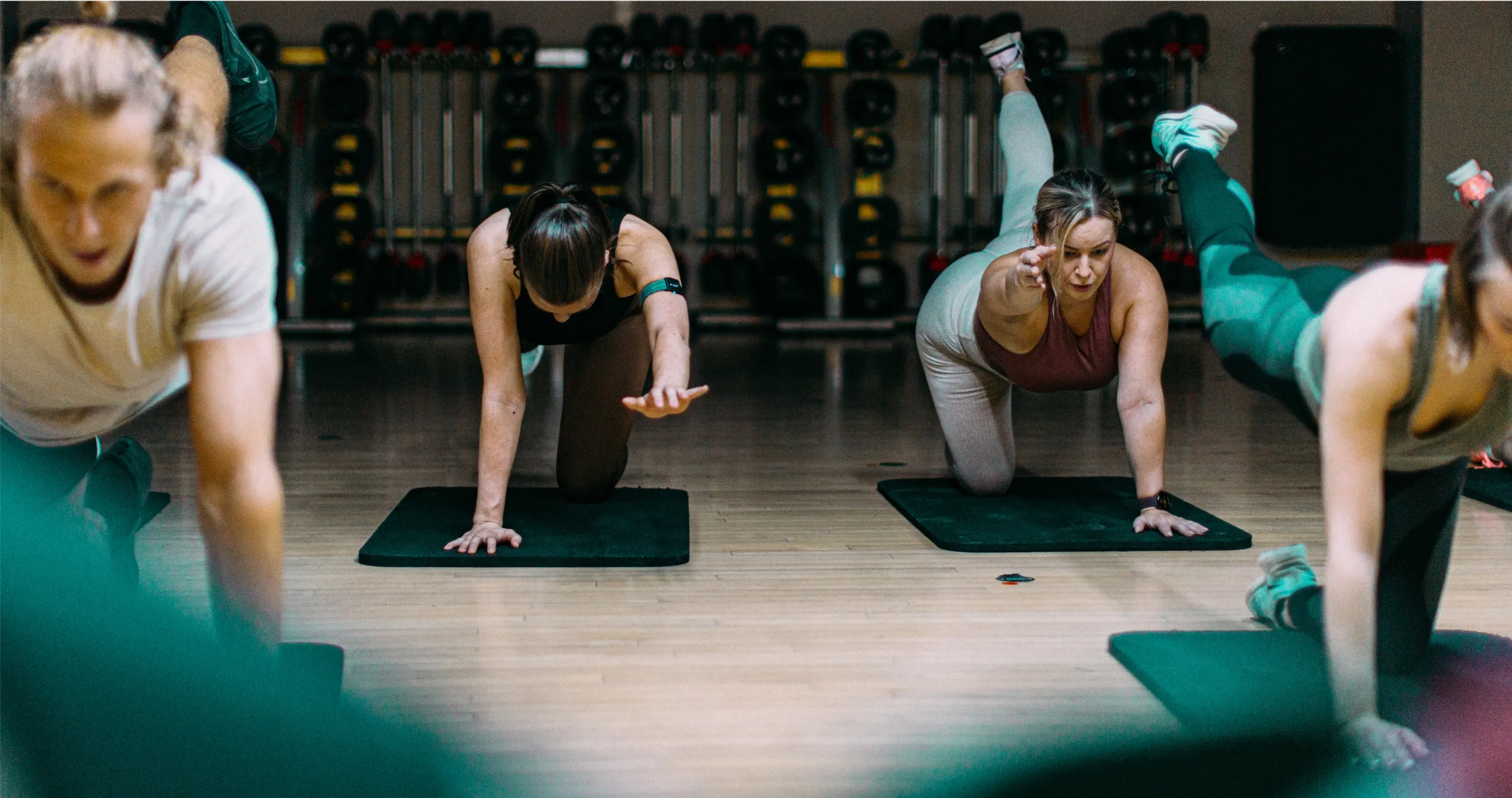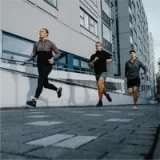You’ve been there… a grueling interval session at home suddenly feels easy in a gym class as the group paces and pushes each other. Why? It's all about the power of social comparison.
Research shows that exercising with a partner, whether in person or virtually in real-time, can significantly boost motivation and performance. From camaraderie to healthy competition, the "walking buddy" system can help you push your limits, stay accountable, and make exercise more enjoyable. Let's explore the science behind this phenomenon and discover why you could benefit from having a workout buddy.
The Köhler effect
Picture this: it's the 1920s, and a psychologist named Otto Köhler is studying rowers at the Berlin Rowing Club. He noticed something interesting - when these athletes trained together, they pushed themselves harder than when they trained independently.
Köhler experimented by having the rowers lift weights together, where everyone needed to contribute, or the whole group would fail. It was like a tug-of-war; you can't win if one person lets go. He called this kind of teamwork a "conjunctive task," and Köhler noticed the weaker teammates really stepped up their game in these situations. This extra effort became known as the Köhler effect.
Team sports, like basketball, are a classic example of the Köhler effect in action. Nobody wants to be the teammate who lets the whole team down, right? So, even if you're not the best shooter or defender, you dig deep and push yourself harder when you're part of a team.
Köhler's research was ahead of its time (it took decades before people started paying attention to it). Still, it showed that working together—driven by intra-team rivalry —can be a powerful way to improve performance, especially when everyone has to contribute.
This impact is especially true when it comes to sports. Team sports, like basketball, are a classic example of the Köhler effect in action. Nobody wants to be the teammate who lets the whole team down, right? So, even if you're not the best shooter or defender, you dig deep and push yourself harder when you're part of a team.
This effect works because your success relies on everyone else contributing. It's like having a built-in cheerleader pushing you to exceed your limits. Pretty cool how teamwork can unlock hidden potential.
undefined
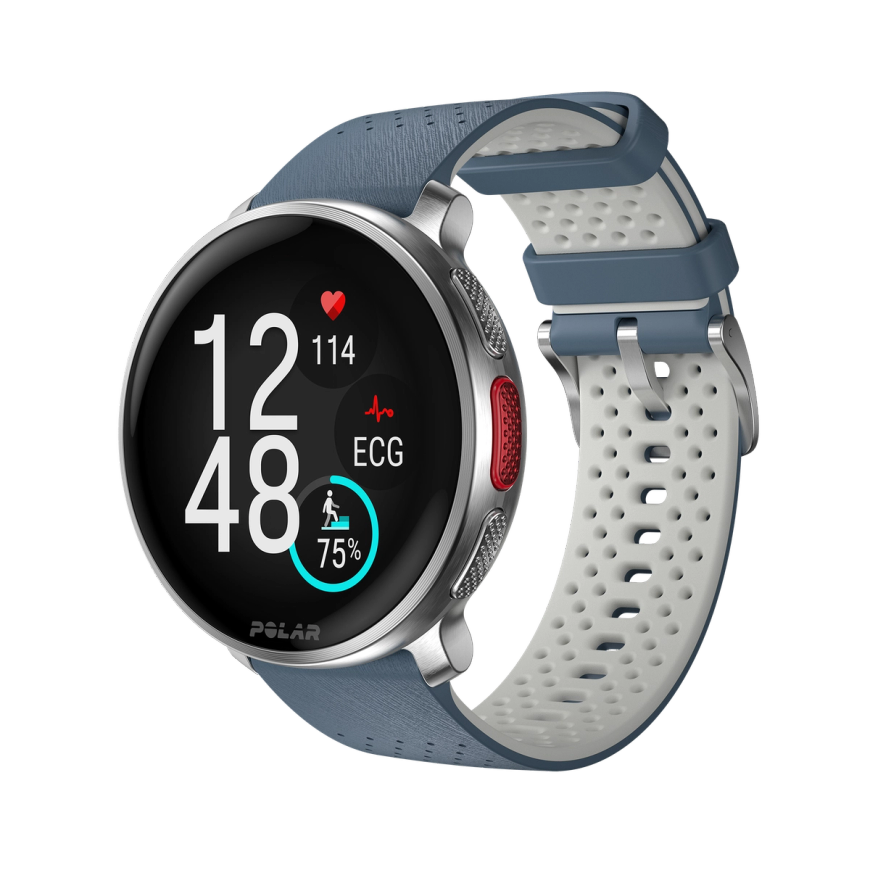
Polar Vantage V3
Premium Multisport Watch
An ensemble of biosensing instruments, AMOLED display, dual-frequency GPS, maps, and the most comprehensive suite of training and recovery tools on the market. The stage is set, and the Polar Vantage V3 smart sports watch is ready to put in the performance of a lifetime.
The effect of Strava
Scrolling through social media, you see your friend crushing a new personal best on their run. You might feel a little surge of inspiration, a competitive itch – that's another example of the impact of social comparison (a part of the Köhler effect). It turns out we get a similar motivational boost when we see other people we admire working hard, especially in team-like settings.
Social media, in a way, creates a virtual team. We see snippets of our friends' workouts and their achievements, and that can light a fire under us. It's like a constant, low-key intra-team competition—you see someone pushing their limits, and it makes you want to do the same.
Strava, the fitness app, is a great example. Cyclists and runners track their rides and runs, sharing stats and routes. Seeing your neighbor conquering a brutal climb you've been eyeing? Buckle up because you might just find yourself planning your own attempt next weekend.
Of course, social media can be a double-edged sword. Not everyone posts their struggles or setbacks. We often see the highlight reels, which can lead to unrealistic comparisons and discouragement when we feel we’re not good enough compared to others. But here's the key: use that inspiration strategically. Did your friend's PR make you want to hit the gym? Awesome. Channel that energy into your workout. Maybe even reach out to your friend and ask for training tips —that camaraderie can be another motivator.
The point is that social media can be a powerful tool to push yourself further. Just remember, everyone progresses at their own pace. Use those virtual high fives and friendly competition as a springboard to reach your athletic goals, not someone else's.
Get 60-Day Free Strava Trial with a new Polar Watch.
Learn more about Polar Bonus Pack
What the science says
Studies have shown that exercising with a partner, or even a virtual one, can be a powerful motivator. Let's dive into the research and explore how to team up and crush your fitness goals.
Imagine you're trying to hold a plank for as long as possible. With the Köhler effect in mind, researchers at Michigan State University wondered if having a virtual 'workout buddy' could push you further.
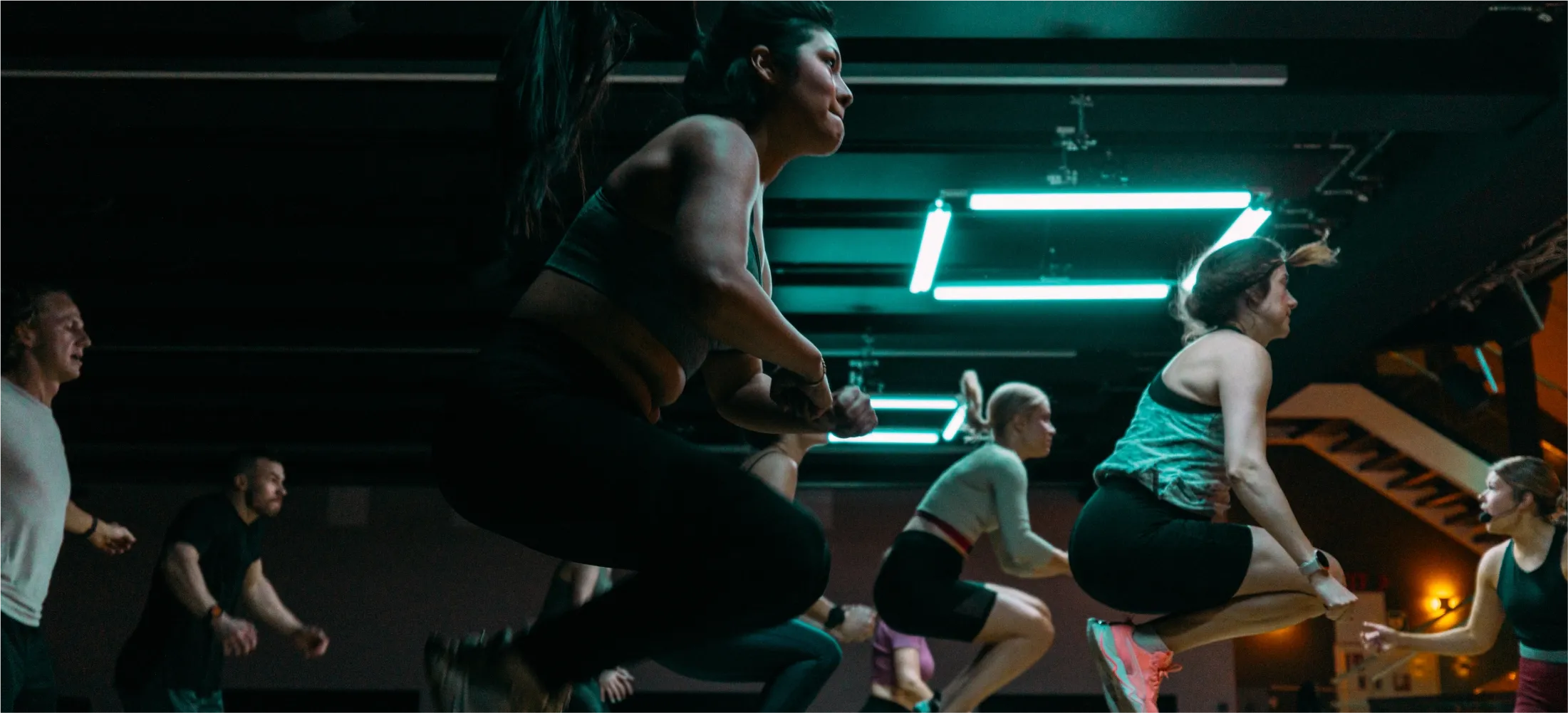
In their study, people did planks alone or with a virtual partner on a screen (kind of like a teammate in a video game). The cool thing? Everyone did better with a partner, even if the partner was just a computer image.
It suggests that athletes might benefit from using exercise games with virtual teammates to boost their motivation and keep them going for longer during workouts. So, next time you're feeling uninspired, consider grabbing a virtual buddy to help you crush your fitness goals.
Create connection
Another study from Radboud University, Netherlands, investigated how running partners influence how often people go running. The researchers recruited runners who had signed up for a race and surveyed them about their running habits and social networks over a year.
The study found that runners who ran with others tended to run more often themselves. This effect was especially strong for runners who said they ran for social reasons, like to stay connected with friends or impress others.
The researchers believe that social networks can be a powerful tool to encourage people to stay active. They suggest that future programs to promote exercise should focus on helping people connect with others who can be their running buddies.
Boost motivation
A study from Kansas State University explored how exercising with a partner, even a virtual one, can boost your motivation. The researchers had women ride stationary bikes under three conditions: riding alone, riding with someone else but their performance not affecting yours, and riding virtually with someone who seemed fitter.
The interesting finding? Those who thought they had a fitter virtual partner cycled for the longest time, followed by those riding with someone else, and then those riding solo.
The takeaway for athletes? Again, grabbing a buddy to exercise with, even virtually if needed, can give you that extra push to go the distance. Having someone to keep pace with, even if it's just in your head, can be a great motivator.
Putting the Köhler effect into action
In 2019, Dr. Christopher R. Hill from California State University looked at how athletes can leverage the Köhler effect to boost motivation during training sessions. He outlined eleven practical strategies for coaches to implement the Köhler effect in strength and conditioning programs.
Here are some key takeaways for athletes:
- Train in groups with conjunctive tasks: These are exercises where the team's success hinges on everyone's performance, such as exercises where the weakest team member's reps count as the group score.
- Embrace the role of motivating teammates: If you're the stronger athlete, understanding your role in encouraging your partner can lead to a more positive and productive group experience for both of you.
- Communicate openly and supportively: Coaches can foster a supportive environment encouraging open communication and teamwork among athletes.
- Utilize "we-ness" language: When referring to your training goals, using inclusive language that emphasizes the team effort can boost motivation.
By incorporating the Köhler effect into training routines, you can leverage the power of social influence to enhance motivation and achieve your fitness goals.
Enjoying this article? Subscribe to Polar Journal and get notified when a new Polar Journal issue is out.
Subscribe
 Polar Vantage M3
Polar Vantage M3
 Polar Grit X2 Pro Titan
Polar Grit X2 Pro Titan
 Polar Grit X2 Pro
Polar Grit X2 Pro
 Polar Grit X2
New
Polar Grit X2
New
 Polar Vantage V3
Polar Vantage V3
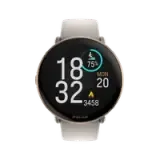 Polar Ignite 3
Polar Ignite 3
 Polar Pacer Pro
Polar Pacer Pro
 Polar Pacer
Polar Pacer
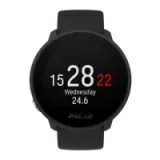 Polar Unite
Grit X Series
Vantage Series
Pacer Series
Ignite Series
Polar Unite
Grit X Series
Vantage Series
Pacer Series
Ignite Series










